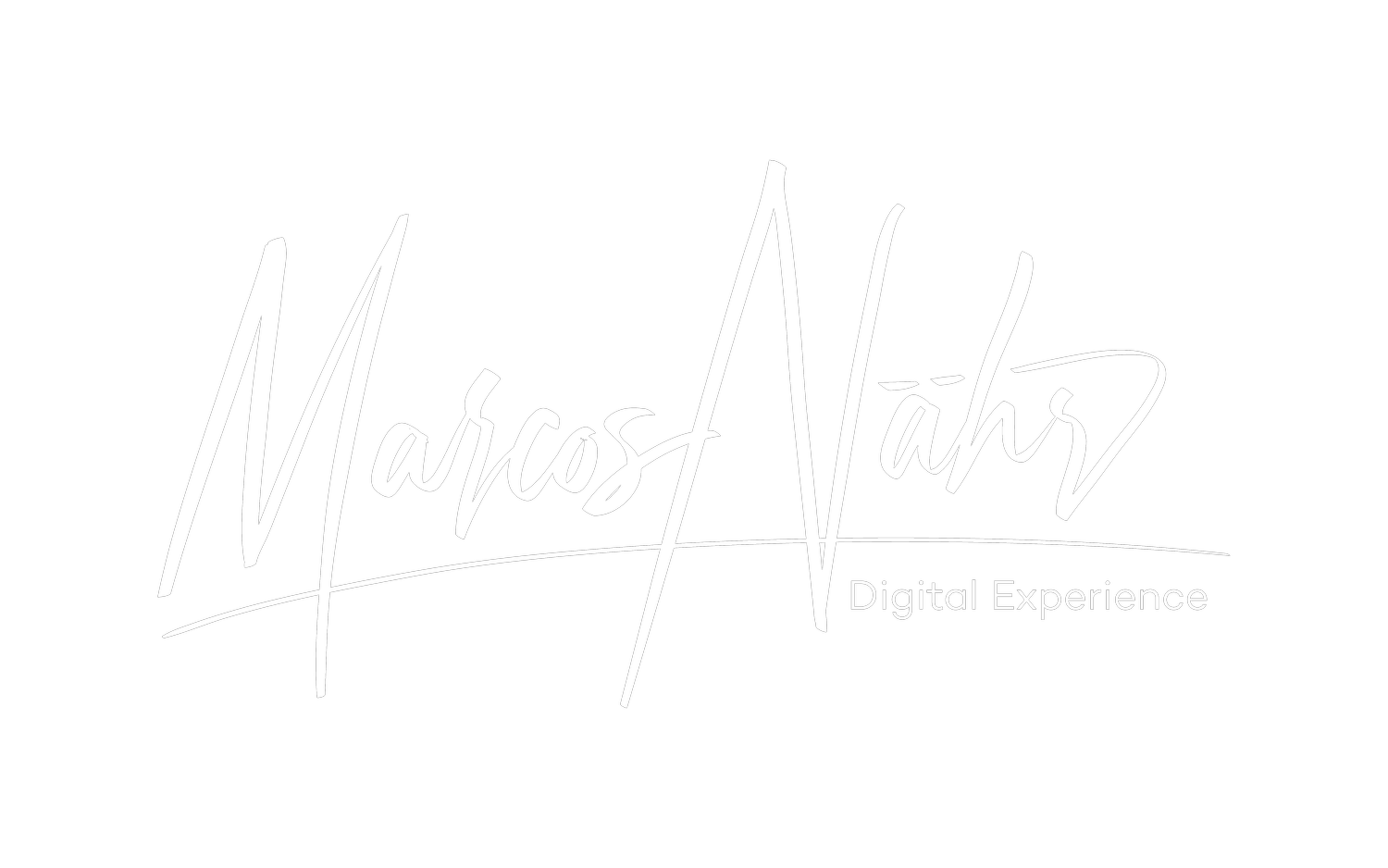The UX approach for complex products
A complex product or system is like a big puzzle where all the pieces are connected and depend on each other. When one piece moves, it can have a big impact on the others. It's hard to understand everything about a complex system because of all these connections.
In contrast, complicated systems also have many parts and connections, but we can map and understand them, so we can predict what will happen if we take a certain action.
With complex systems, that is not always possible. We must try things out and see how the system reacts to learn which parts are important and how they fit together.
In complex products, problems are often interconnected, making it hard to isolate and solve them. To deal with these dynamic and networked problems, we need to stay in touch with the developing landscape while we work on solutions and collaborate with everybody involved in solving those interconnected problems.
It's important to shift our thinking to adapt to these complex problems.
Conventional thinking may not work, so we need to be open to learning quickly and adapting to change.
In a complex world, being a quick learner and being open to change is key to success.
